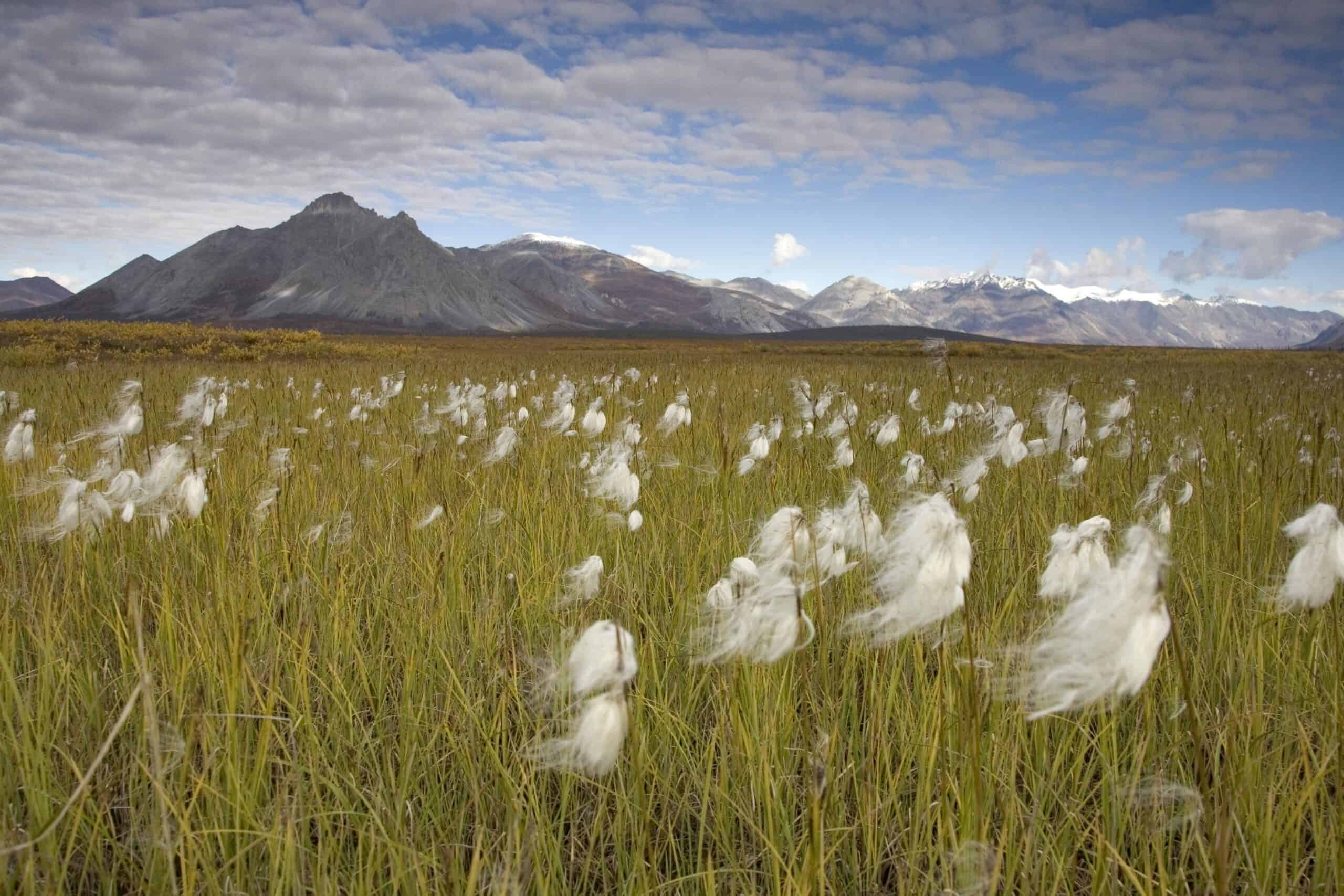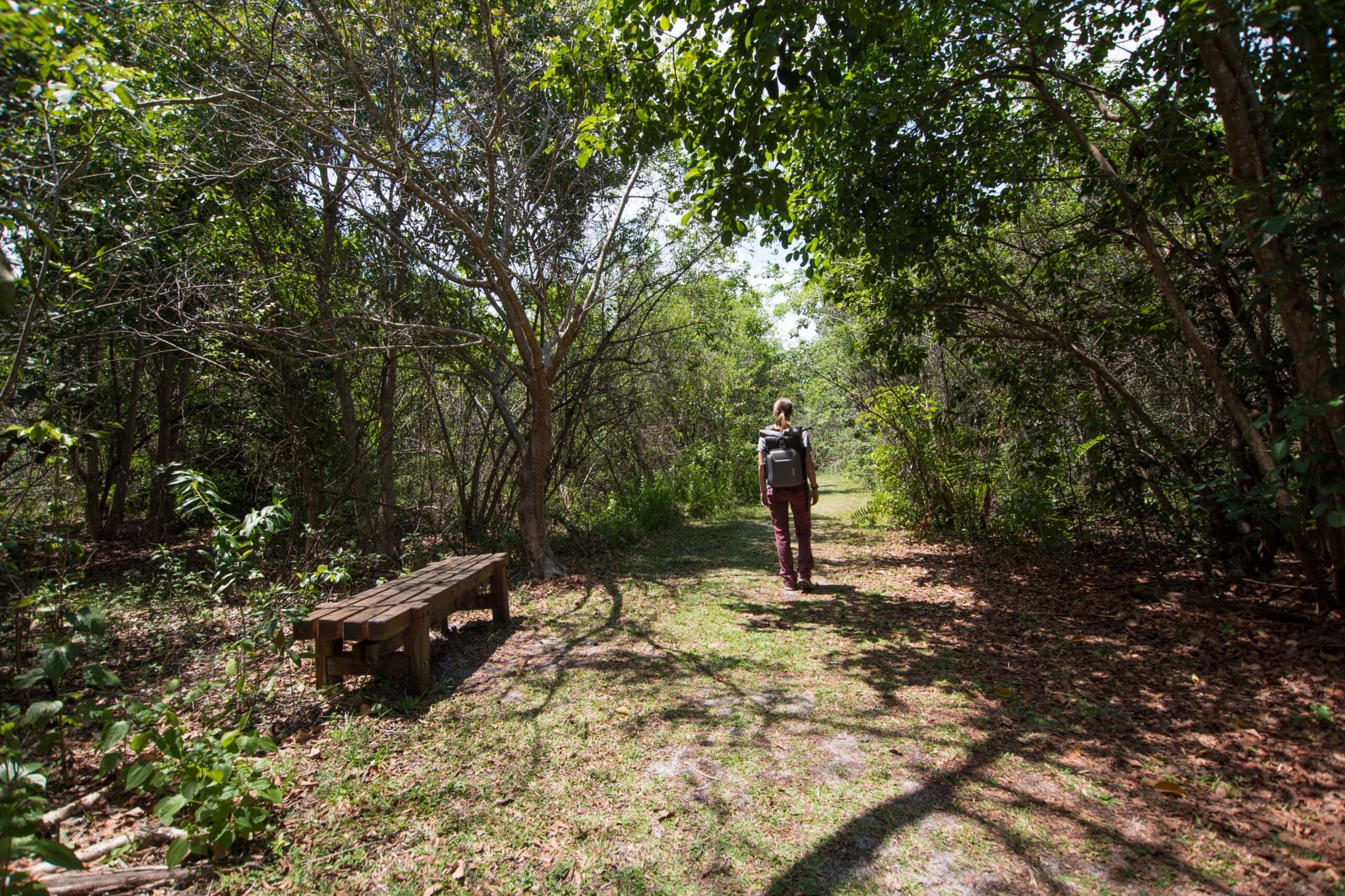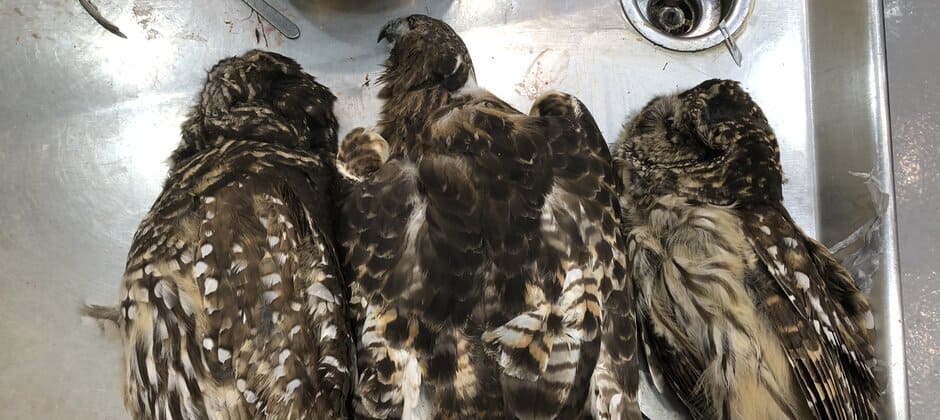
Raptors have high prevalence of cat parasite
Raptors in the U.S. have a high prevalence of a parasite found widely in cats that can also cause disease in infected humans. According to new research, carnivorous birds might...
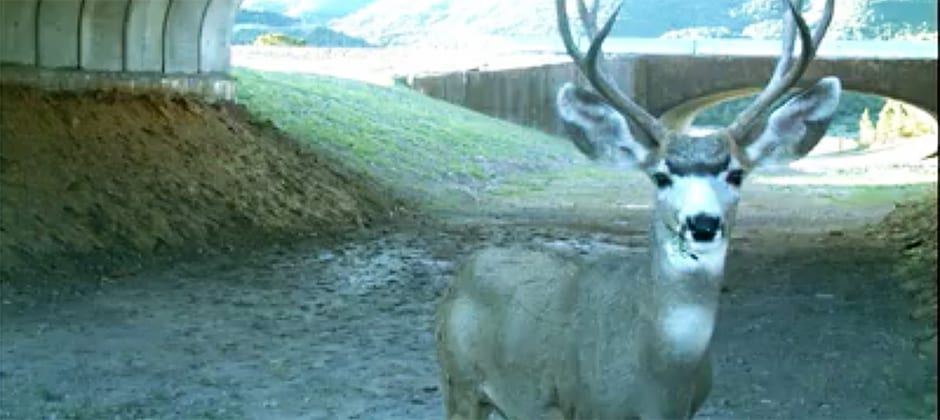
Watch: Wildlife crossings see a surge of interest
From overpasses for mule deer and pronghorn near Pinedale, Wyoming, to underpasses for alligators in Florida, wildlife crossings are showing success across the United States in reducing wildlife collisions with...
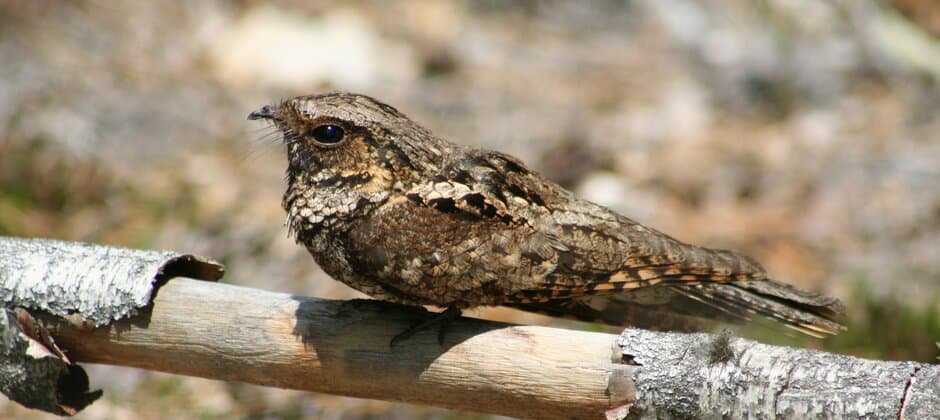
JWM: Whip-poor-wills prefer mixed forestry
The secret to the perfect forest types for eastern whip-poor-wills is having a good mix. The small, well-camouflaged birds prefer forests that have a mixture of open spaces and closed...

USFWS and partners recover wandering red wolf
A red wolf swam away from an island wildlife refuge in Florida in April and turned up several miles away on the mainland three days later. The four-year-old male wolf...

ESA rules will be changed under new administration
The U.S Fish and Wildlife Service and the National Marine Fisheries Service plan to make a series of changes to the regulations implementing the Endangered Species Act, regarding topics such...

Do journals lead traffickers to newly-described reptiles?
When a newly-identified reptile is described in scientific literature, it’s not just exciting for biologists. It also catches the eyes of wildlife traffickers, who comb journals for their descriptions and...


Can wildlife science help track COVID-19 in humans?
The ability to track an emerging infectious disease quickly and accurately within a population is a critical piece of the public health response. For example, mask mandates and other restrictions...

Bears that rub trees reproduce more
In bear country, it’s not uncommon to notice the evidence of a bear rubbing against a tree, even if you don’t catch it in the act. Claw marks may be...

Grappling with the racist past preserved in birds’ names
Biologists and conservationists are struggling with the legacy borne by birds’ names. It’s not just the McCown’s longspur (Rhynchophanes mccownii), which last year became the thick-billed longspur after the American...




